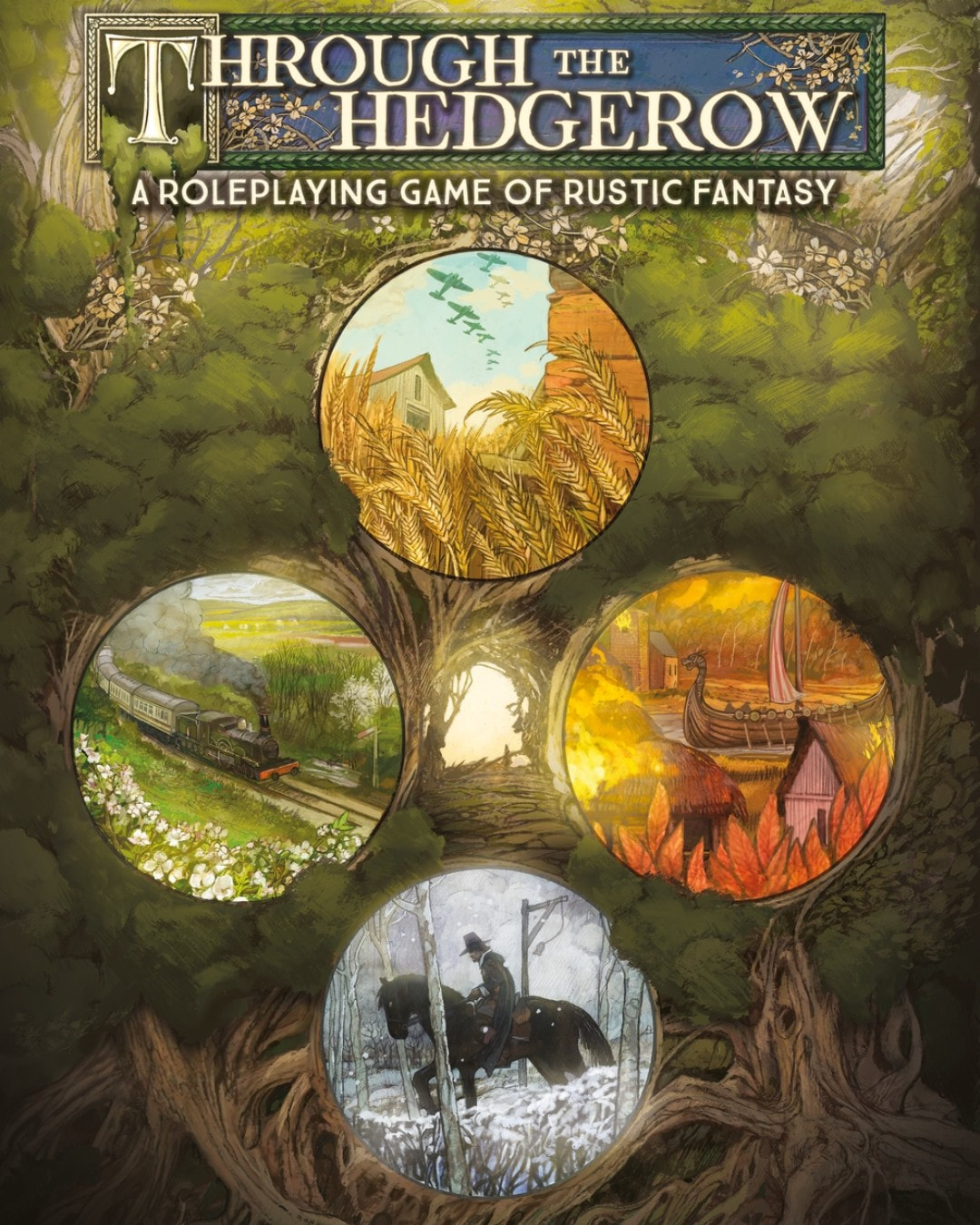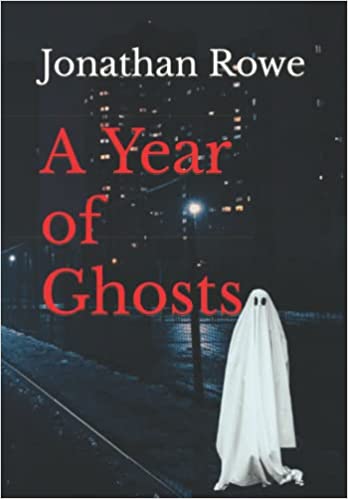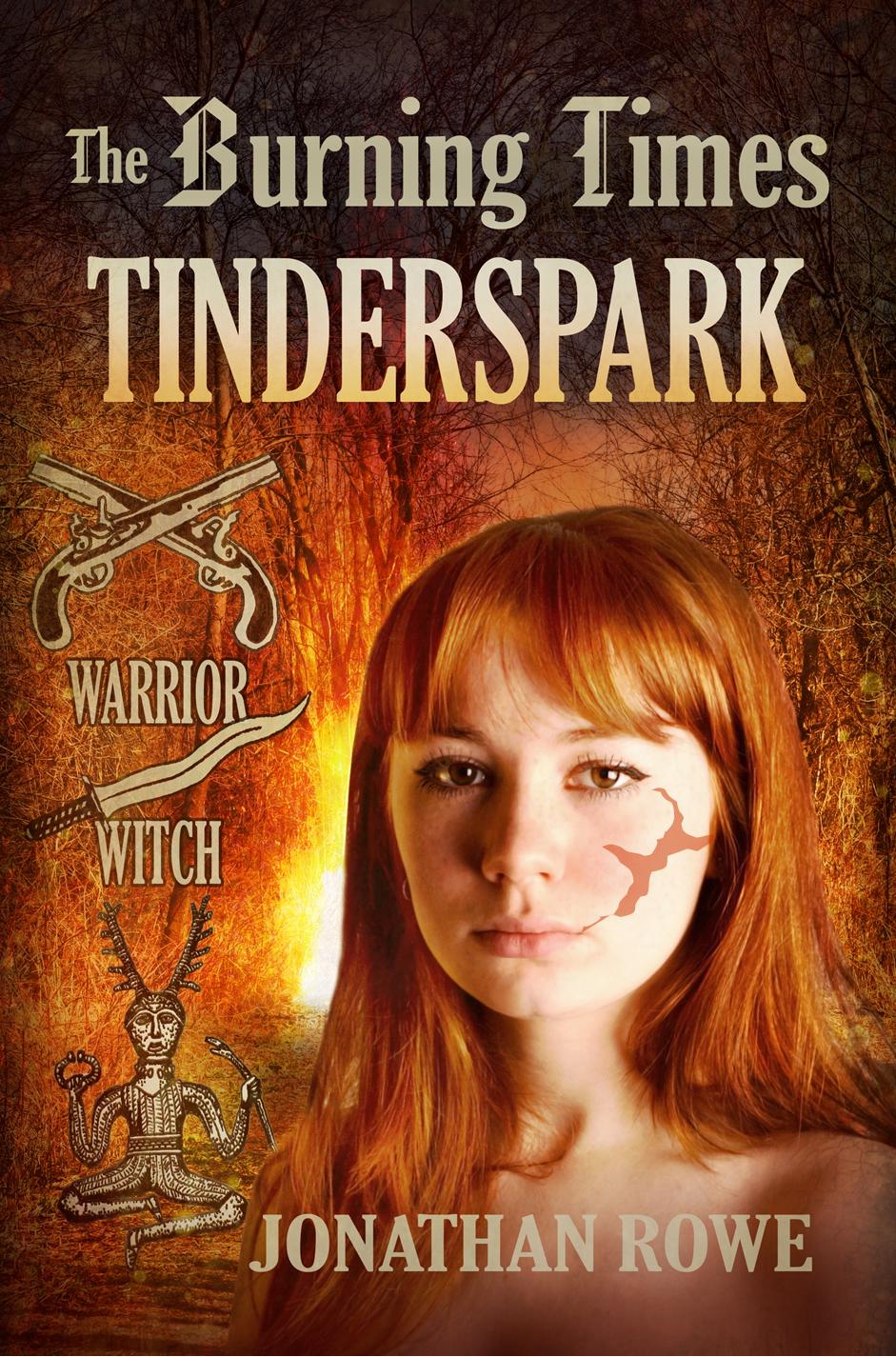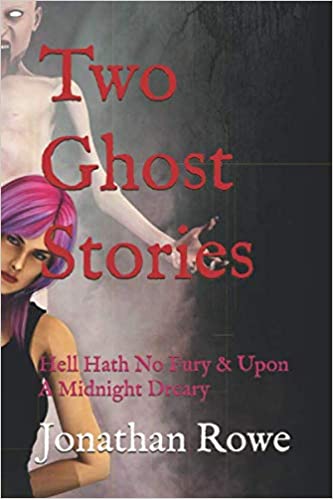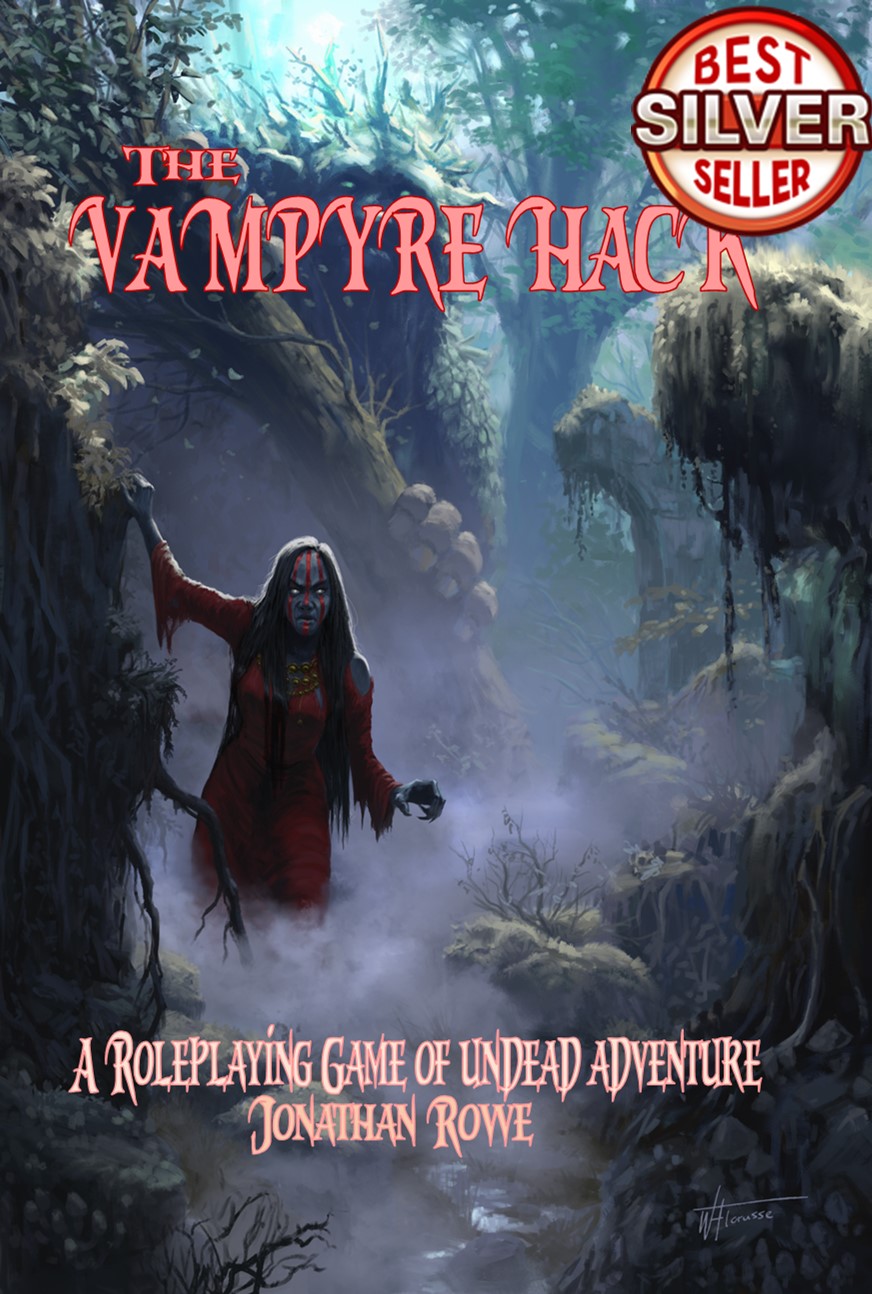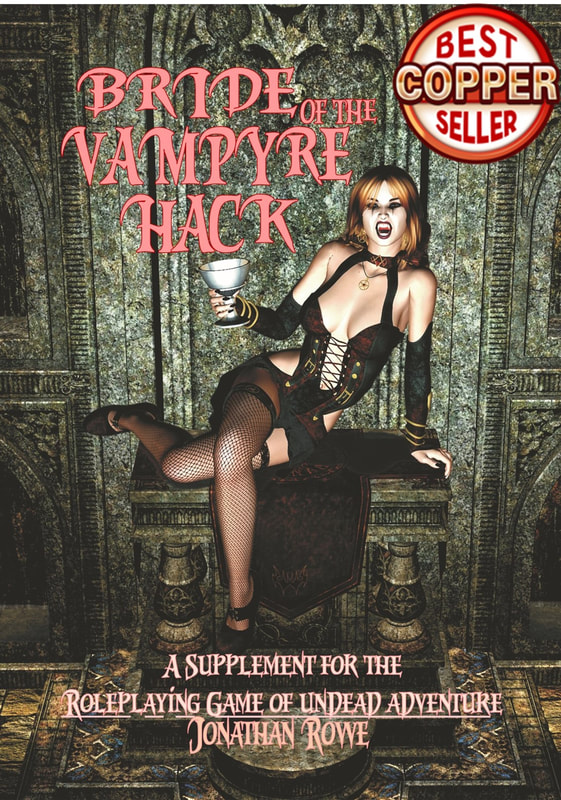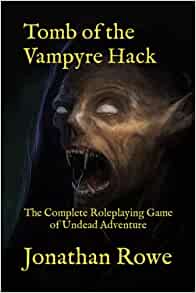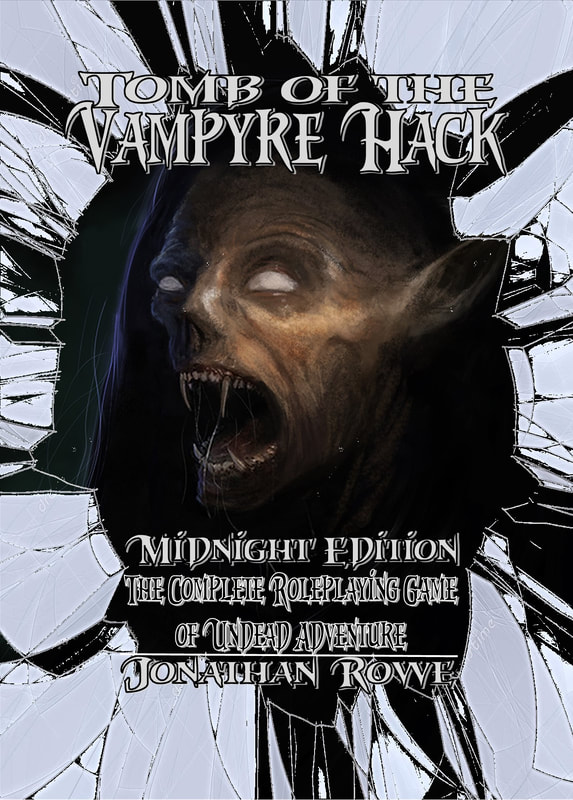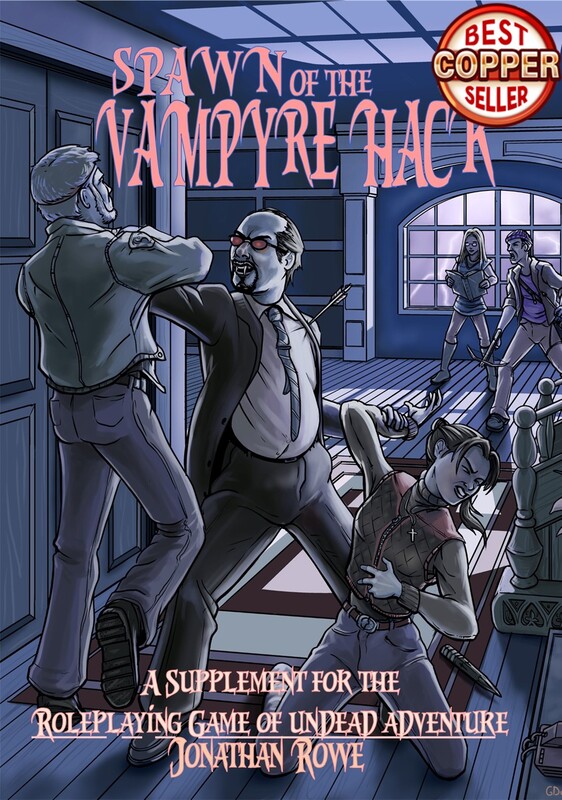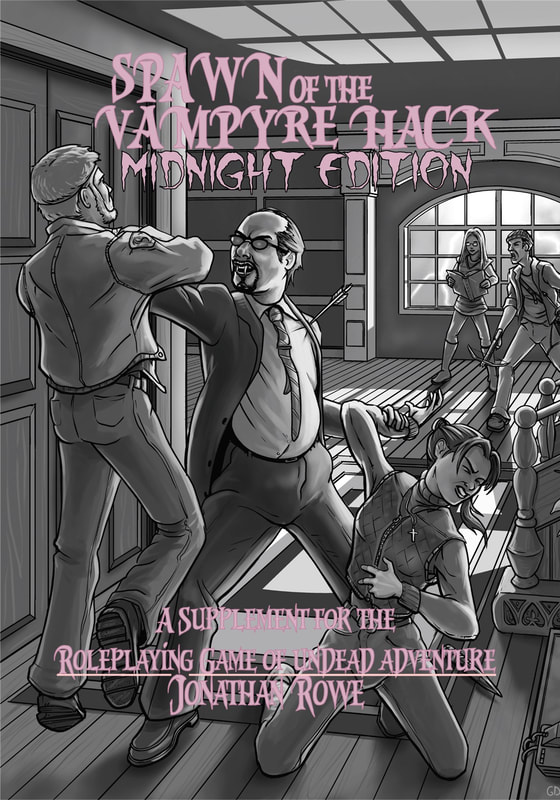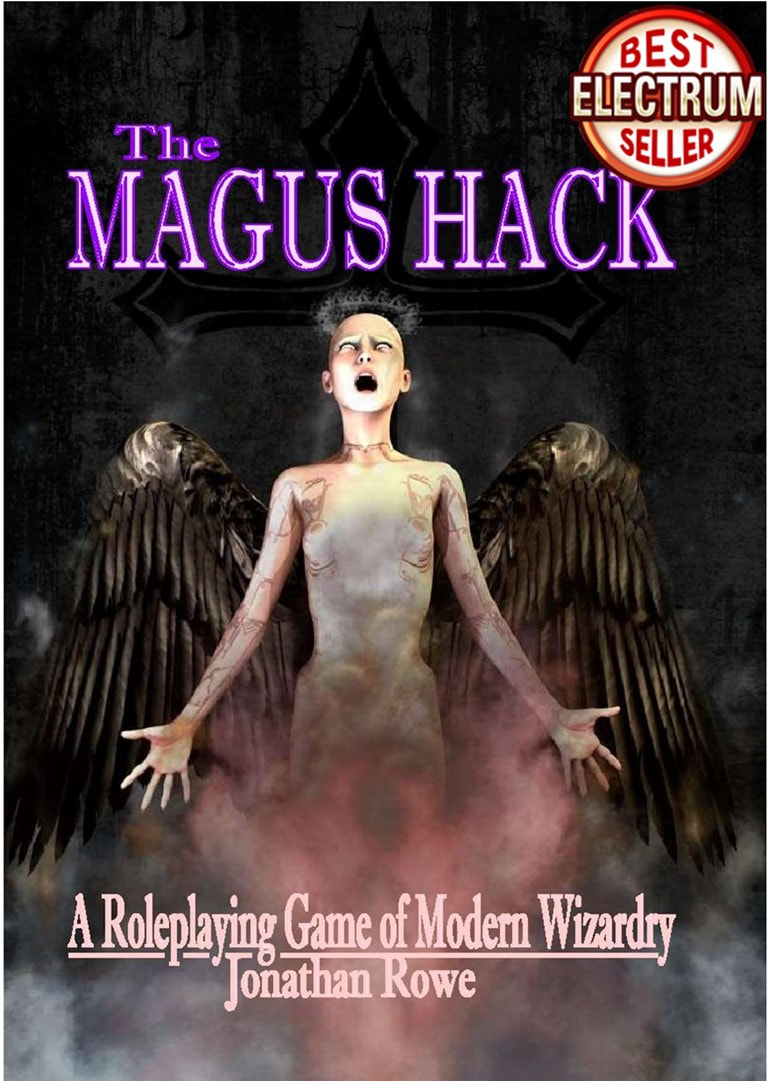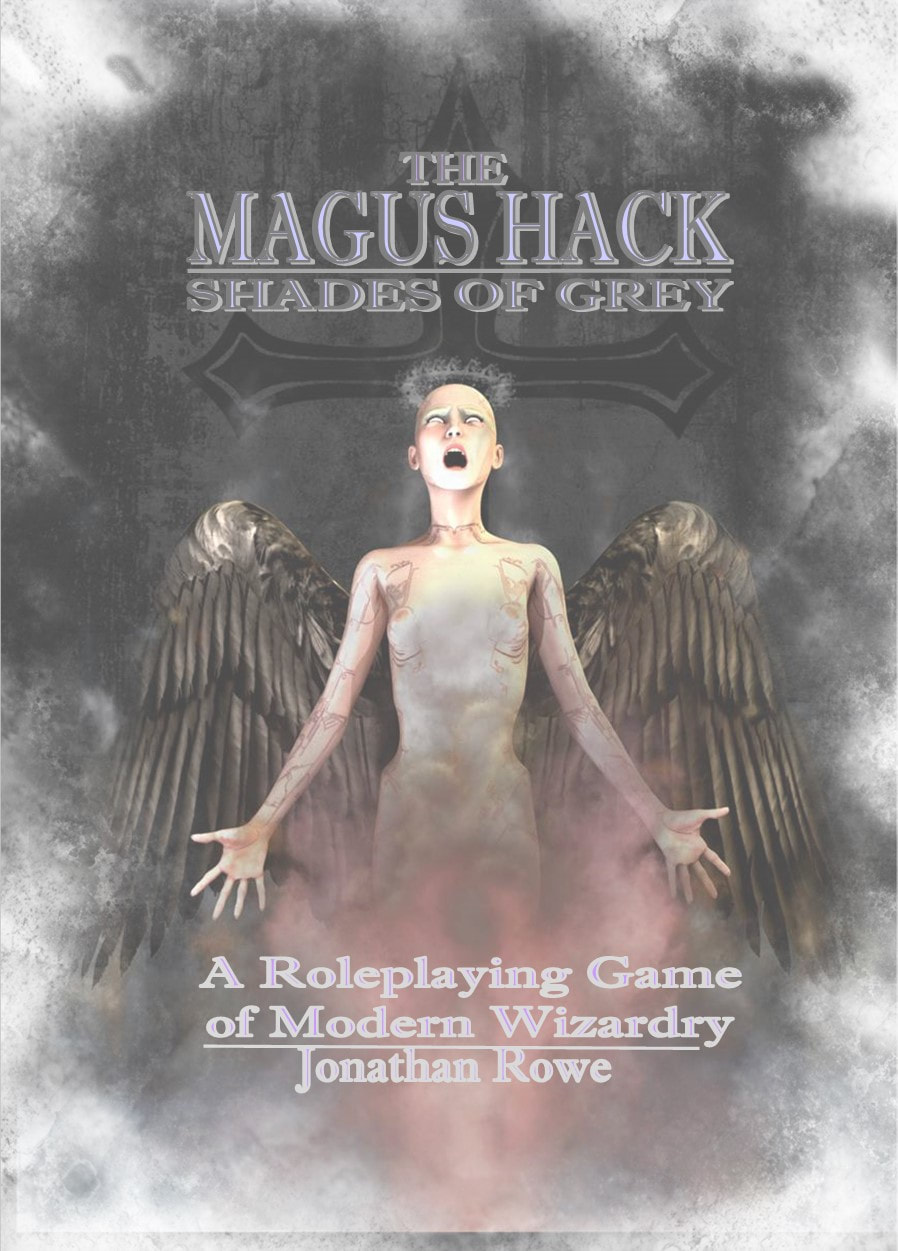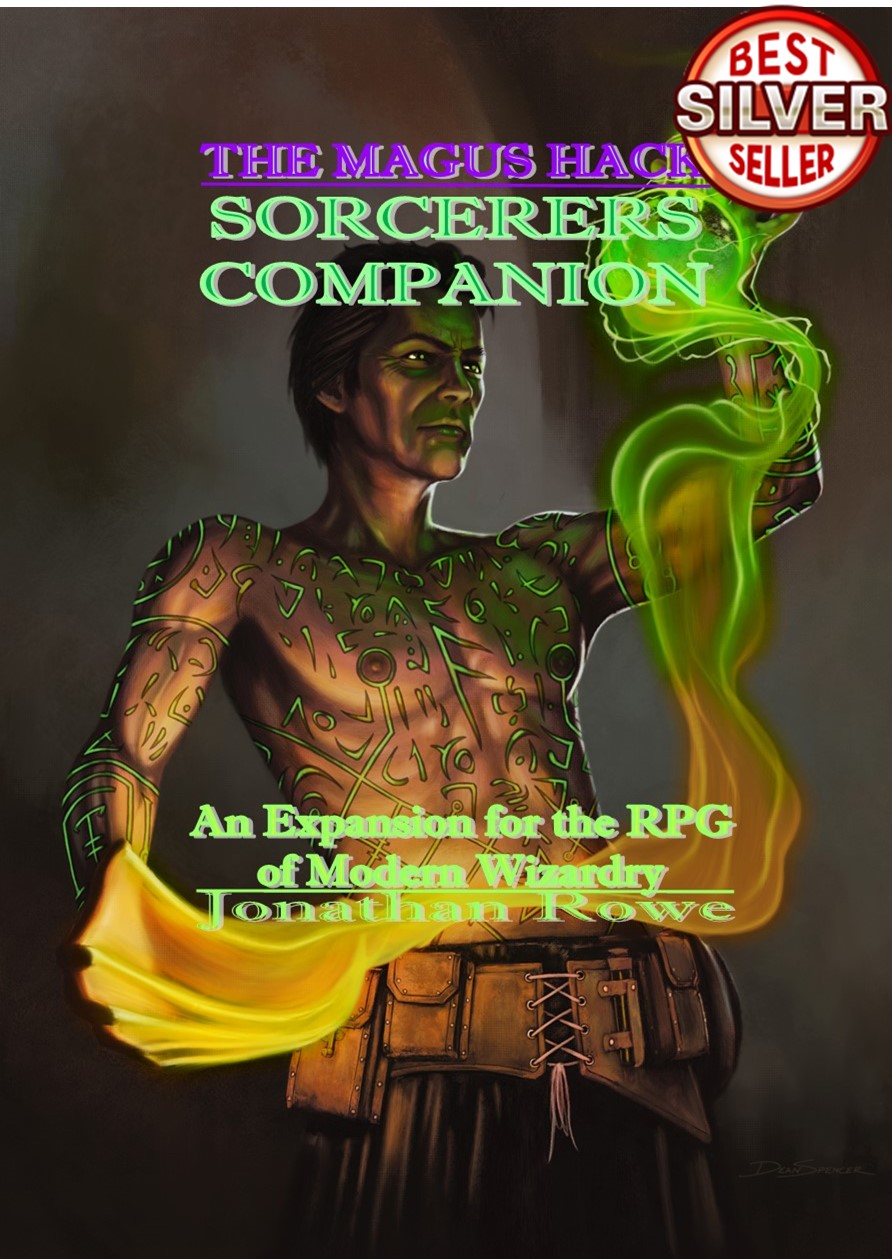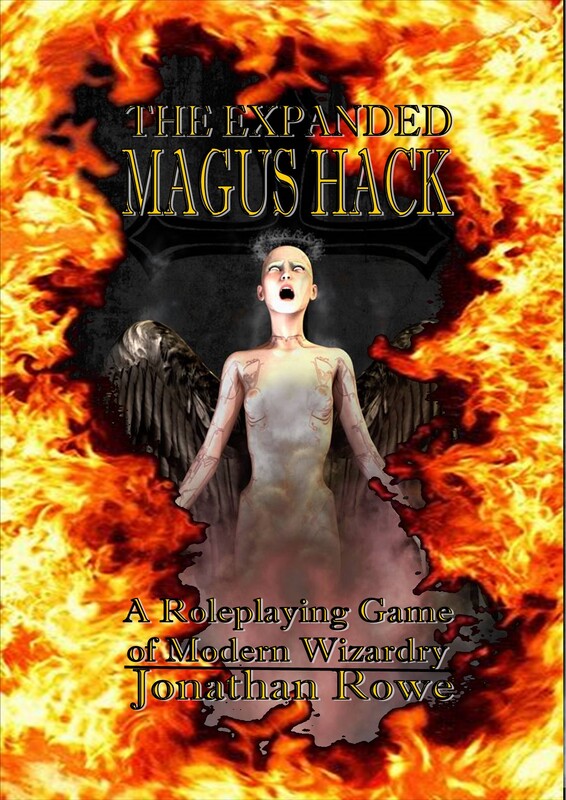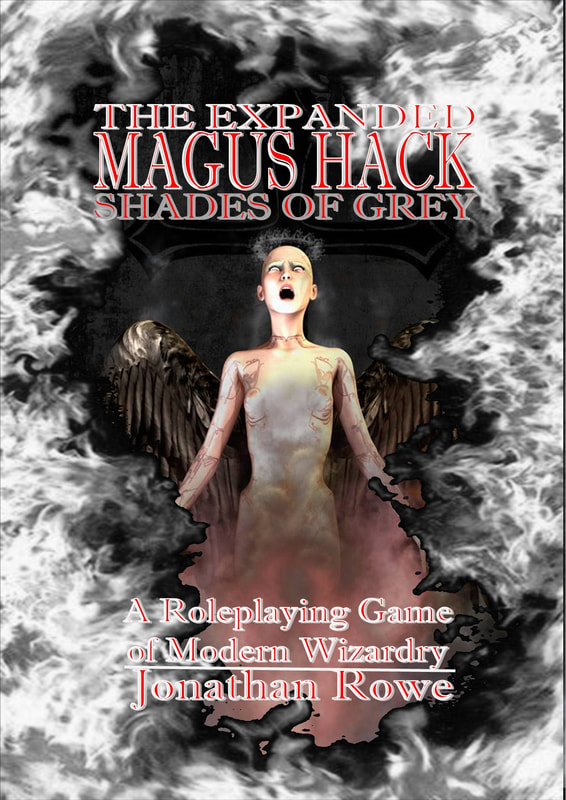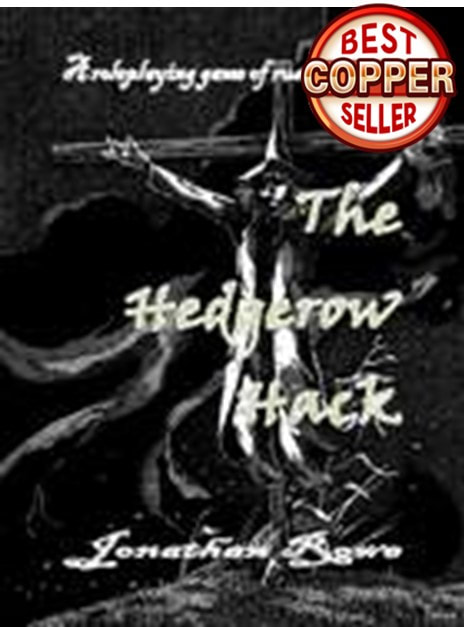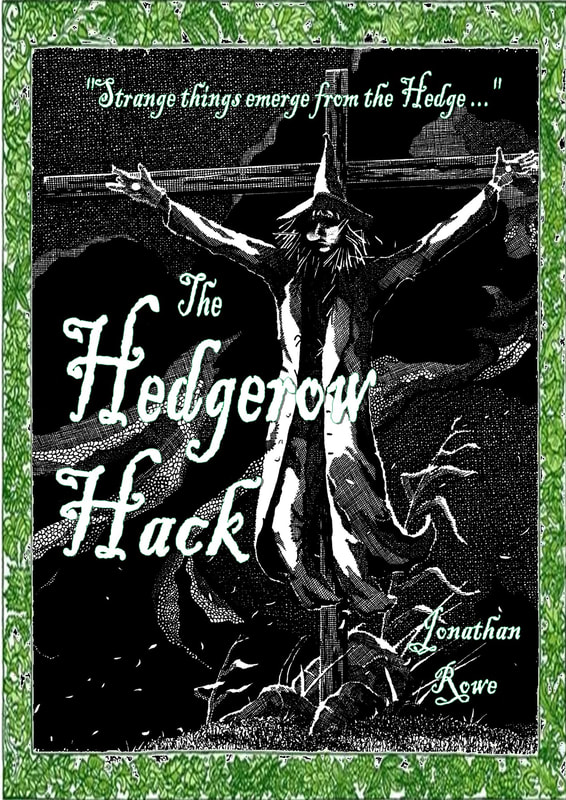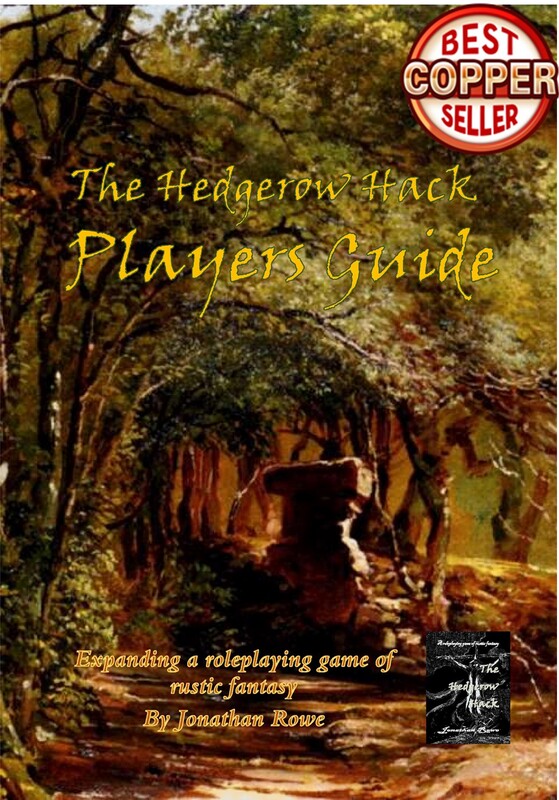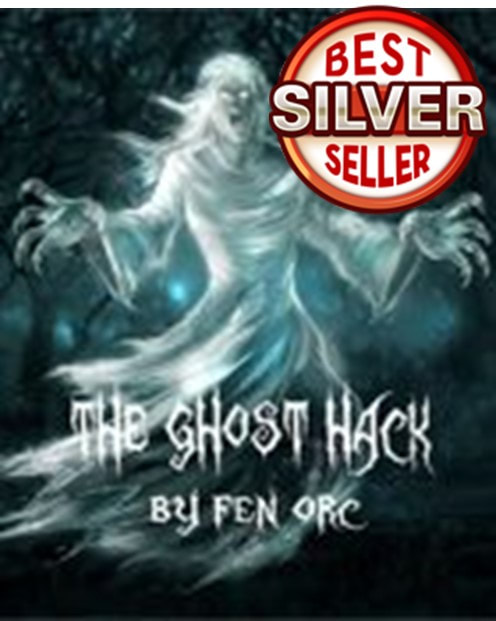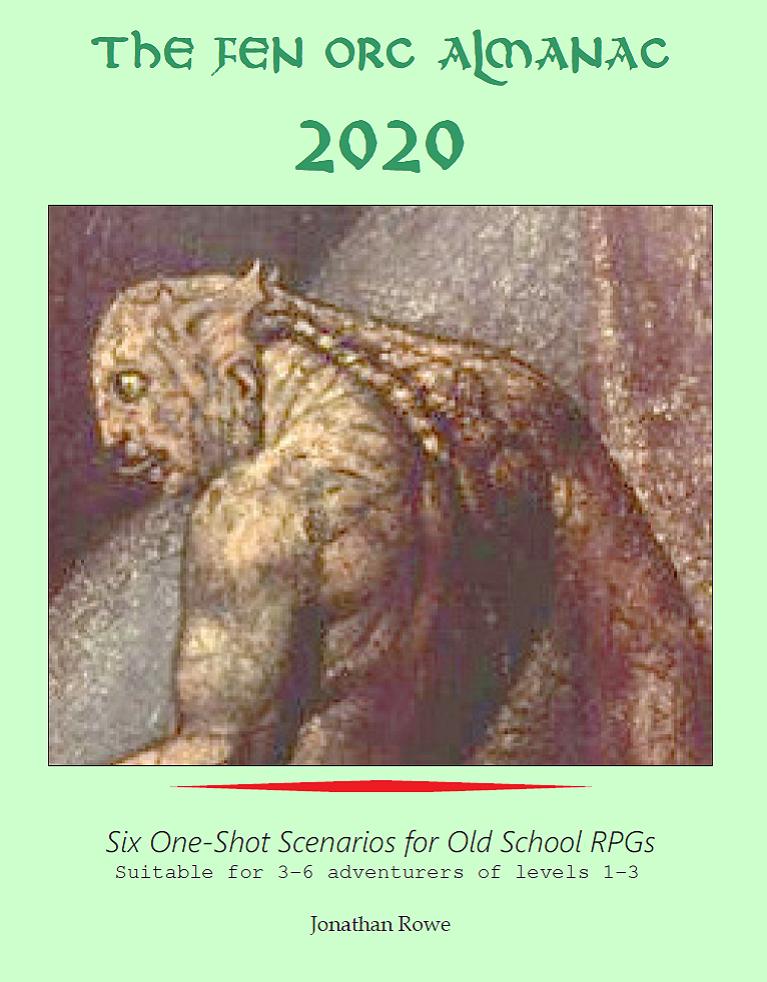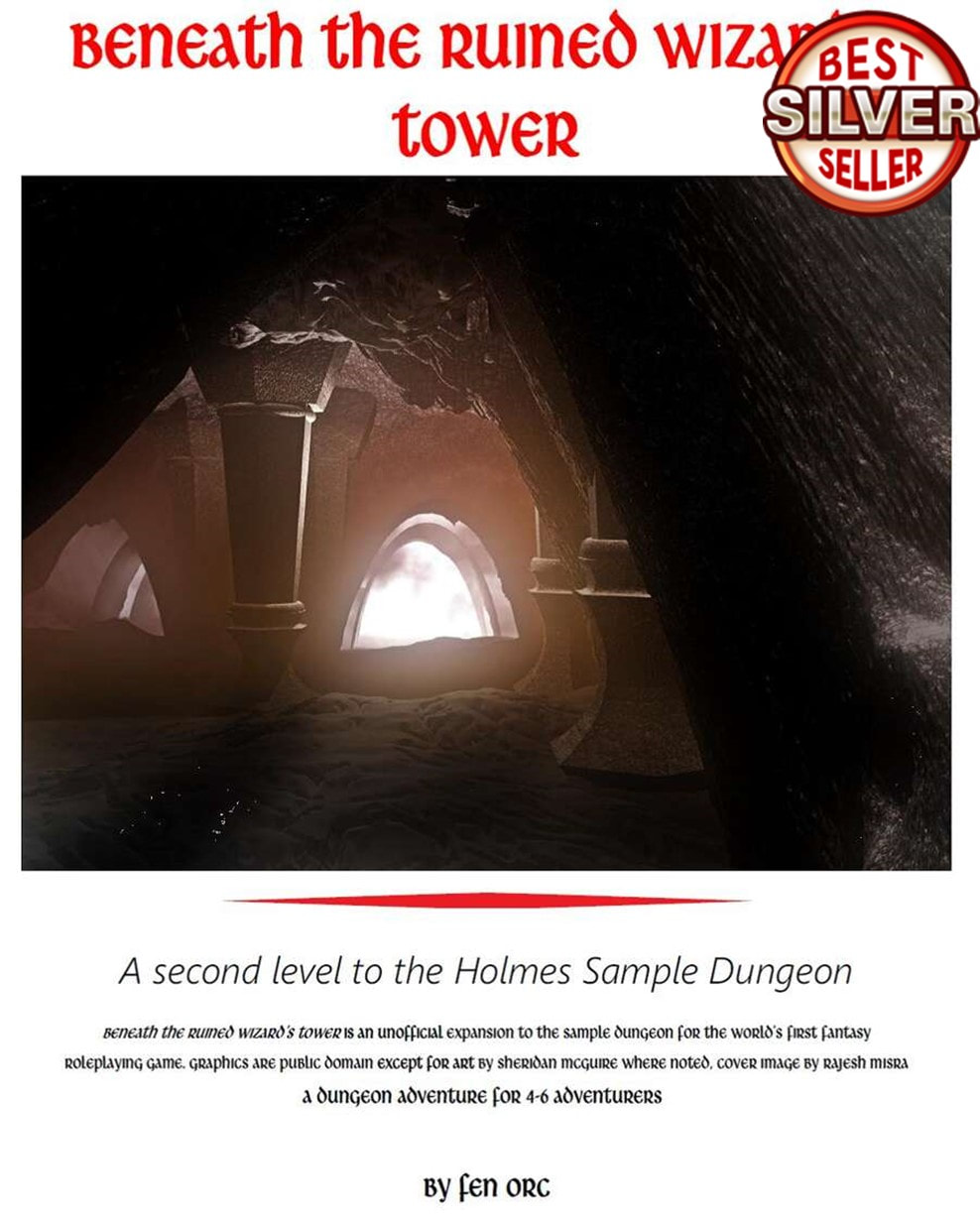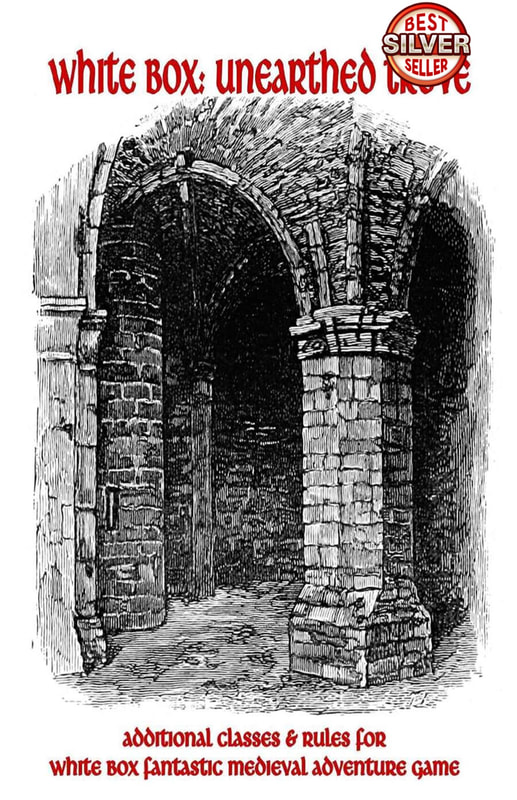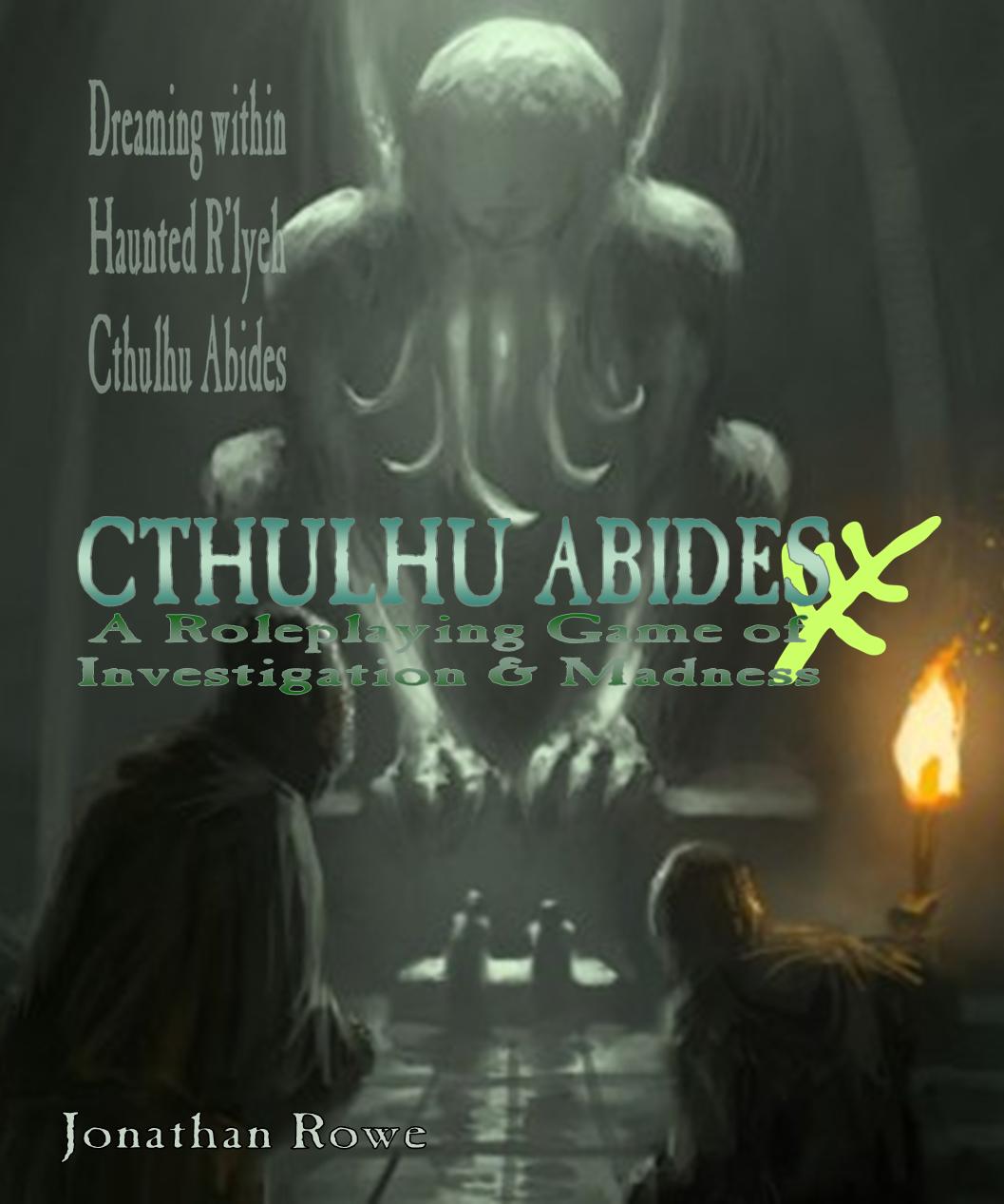|
After so many years playing RPGs, it's not often that you read something that offers you an original perspective, something you haven't given any thought to before. Such, for me, was Ryan Marsh's post Why I Made the Switch to Death & Dismemberment on his THAC0 Blog. Ryan poses an important question about character death in RPGs and does so with such lucidity I shall quote him in full: We really need to ask, “What purpose does death serve in the game?” Death is a mechanic, just like AC, so why is it needed? We could just as easily have characters always get knocked out, and come back to the game right after the fight. Is it to “punish” the bad players for making stupid decisions? I’ve found that many players play the game extremely smart, but bad luck can kill a character, so is that fair? If a character can go down in combat and get back up with no consequences whatsoever, do they have a motivation to play in a reasonable manner? Answering the question of “why” we have the mechanic in our game can give us an idea of what type of mechanic to use. Building on Ryan's insightful question, some purposes for 'death in RPGs' might be:
"Punishing players for failure" is based on what Ron Edwards calls a 'Gamist' approach to RPGs. In this paradigm, the players and the GM are adversaries: the players win if they overcome the dungeon and the GM wins if they don't. The players are also, in a sense, competing with each other for the most Experience Points. Assuming the players all start with equally competent characters, then thoughtful play and tactical decisions in combat should mean that the 'best' players survive and prosper while 'weak' players see their characters die. There's something Darwinian about this. It's hard to tell what D&D was like back when Gary Gygax and Dave Arneson were first developing it (although Ryan has a thoughtful post on this too). There's some anecdotal evidence that Arneson's Blackmoor campaign was grittier and deadlier than Gygax's Greyhawk campaign (from Michael Mornard, who played in both, and observes that Arneson used miniatures whereas Gygax's game resembled what we now term 'theatre-of-the-mind'). Gygax's PCs went on to reach incredibly high levels (Tenser, Mordenkainen, Robilar, etc) and some of them were played by his children. Yet Original D&D was firmly rooted in wargaming conventions and many people play Old School Revival (OSR) games as if an unforgiving dungeon and rapid character turnover were defining characteristics. Whether or not that's the 'correct' way to play D&D in some canonical sense, it doesn't appeal to me. I'm DMing a megadungeon at the moment using White Box RPG (a retroclone of Original D&D) and the players certainly enjoy the sense of being 'up against' a tough dungeon, yet I don't care to be killing a couple of PCs every session. Life is distressing enough at the moment without that. Moreover, it doesn't follow that, in order for the game to have winners and losers, characters have to die. Character 'death' can just be temporary defeat: you drop out of the session, lose any accrued treasure and miss out on experience points, but you'll be back as if nothing happened next session. I strongly suspect this is how Gygax played. It's fine from a purely Gamist perspective, but it's not very realistic, is it? 'Realism' has, I think, more to commend it and Ron Edwards calls this a 'Simulationist' approach to RPGs. Medieval battles with swords or bows are in fact dangerous and the wounds they produce are lethal. Hand-to-hand battles with wild animals have a high chance of causing maiming or death. Underground strongholds, vigorously defended by their heavily-armed inhabitants, are dangerous places to invade. If you want to do justice to this imagined reality then death has to be a frequent outcome. Let's be clear, from a Simulationist perspective, D&D isn't very good and OSR-style D&D is particularly unrealistic. 'Hit Points' don't admit of injuries or maiming: you've either still got them (in which case you're fine) or you've run out (uh-oh). In real life, being poisoned isn't the sort of all-or-nothing affair that Saving Throws make it out to be. Armour doesn't make you harder to hit. Nonetheless, imagined verisimilitude is important in RPGs. We feel that we are, in some sense, "really there" in the underground crypt. The idea that a character, on reaching 0 HP, simply "bamfs" away in a puff of smoke, to return unharmed next session, offends our need for immersion. A friend tells me of his 4th ed. D&D campaign where characters frequently die but Resurrection is available (for a fee) in an uncomplicated way. Die - pay a sort of 'fine' - get resurrected. This is really the "bamf!" approach to character death being given a fig leaf of in-story realism. 'Creating tension' is a return to a Gamist perspective, but with an important concession: the GM is less like an adversary or rival player and more like the croupier at a roulette wheel. Every encounter is one the players can choose to gamble on, or they can walk away from the table with their winnings. Leave now, or explore one more room... The GM spins the wheel but has no preference one way or the other. This makes character-death part of a "push-your-luck" mechanic. There's some evidence that this is how Gary Gygax saw the game, with players choosing a target in the dungeon and Wandering Monsters being a risk to be factored in. Here is Gygax offering advice on "Successful Adventures" in the 1978 Players Handbook: Avoid unnecessary encounters. This advice usually means the difference between success and failure when it is followed intelligently. Your party has an objective, and wandering monsters are something which stand between them and it. The easiest way to overcome such difficulties is to avoid the interposing or trailing creature if at all possible. Wandering monsters typically weaken the party through use of equipment and spells against them, and they also weaken the group by inflicting damage. Very few are going to be helpful; fewer still will have anything of any value to the party. Run first and ask questions later… Gygax envisions a D&D session as a get-in-and-get-out affair, where the players perhaps target a single monster or room then retreat afterwards to heal. If they want to push their luck by exploring further, well on their own heads be it! The Rot Grub Blog offers further thoughts on this as part of its 'Old School Review'. Now that I'm GMing a big mega-dungeon, I can see the aesthetic at work here. Mega-dungeons offer players precisely these options to choose the rooms they enter and retreat when they want to - as opposed to one-shots like the Dread Crypt of Skogenby that funnel the players into a climactic encounter that may be too dangerous. In practice it doesn't work like that. Players assemble for a solid RPG session, committing perhaps 3 or 4 hours or more. They don't want to ambush a room full of Orcs then call it a day. Yet if they are to stay longer in the dungeon, explore further, encounter more interesting foes and features, then the penalties for pushing your luck need to be scaled back. Yet D&D, especially OSR D&D with its flimsy first level characters, doesn't offer many ways of doing this. Many house rules address this by staving off 'true death': a character on 0 HP collapses and 'bleeds out' and does not truly die until they reach some negative number of HP (say, -10). This creates further push-your-luck, as other players must choose between offering first aid to a fallen comrade or continuing to battle monsters. I used to use this system. It creates a sort of 'buffer' between life and death and lets players make more nuanced calculations about risk and reward. In a game like White Box it works well, since few monsters deal more than 1d6 damage, so PCs are not going to be reduced too far into negative HP by a 'killing blow'. 'Storytelling' is what Ron Edwards terms a 'Narrativist' perspective on RPGs. We gather together to tell a story, with varying degrees of collaboration. There are character arcs. There are themes. There are conflicts and they are resolved. Joseph Campbell's monomyth of 'The Hero's Journey' is often used to illustrate an engaging Fantasy RPG story: In terms of the Hero's Journey, entering a dungeon is crossing the threshold and for the story to be meaningful the players must encounter 'death' in some form and either suffer it, embrace it or escape it - how else can they 'return changed'? This of course is 'Narrative Death' and it's intensely meaningful. It might be heroic self-sacrifice or inevitable just deserts; it might be noble or tragic; it might draw out themes of love or honour or courage. What it is not, and should never be, is random or arbitrary. The problem is that the Gamist elements of RPGs work against the Narrativist: bad dice rolls mean characters can die at inappropriate times, ruining the dramatic arc... good dice rolls mean they escape their dramatic fate, trivialising the story. Of course, as Game of Thrones illustrates, sometimes surprising and inopportune deaths have more drama than the epic and symbolic ones. And the surefire knowledge that your character cannot die until his or her allotted meeting with destiny drains tension out of the game. Nonetheless, given the work players put into their characters and the investment they make, some Narrativist significance is needed for most character deaths. Mere bad luck won't cut it. Death & Dismemberment Ryan Marsh advocates the 'Dearth, Dismemberment & Insanity' house rules, developed by Arnold Kemp on the Goblinpunch Blog. I'll discuss the 'Insanity' rules another time, but here's my version of the system: Hit Points represent your ability (skill and luck) to avoid injury. When your Hit Points reach zero you are vulnerable to lasting injuries. You do not collapse on 0 HP. You can carry on moving and fighting and casting spells on 0 HP. Your HP can never drop below 0. Whenever damage of any sort would take your HP below zero, calculate its LETHALITY. This is a score based on a d12 roll, adding the excess damage inflicted and the number of Injuries the character already has: A Lethality score of 10 or less indicates you take a minor Injury; 11+ means you suffer the minor Injury and also a more serious Injury along with a Fatal Wound. Really high Lethality scores indicate lots of Fatal Wounds as well as the serious and minor Injuries. You can roll 1d6 for the Injury location or choose based on the dramatic description: Injuries have the following effects: Example: Horatio is on 1HP and is hit by an Orc for 3 damage. He rolls 4 on a d12, scoring 6 Lethality (4 on the roll plus 2 for the excess damage). The location is 'head'. Horatio is on 0 HP and is Concussed. He carries on adventuring and, in another fight, is hit for 2 damage. He rolls 11 on a d12, scores 14 for Lethality (11 on the roll plus 2 excess damage plus 1 existing Injury) and the location is 'torso'. Horatio has a Fatal Wound (which another PC tends) and crushed bones: he rolls a broken spine and is paralysed. Horatio is now on 0 HP with 4 Injuries (his earlier Concussion, plus the Bleeding, the Crushed Spine and the Fatal Wound, which still counts towards his total even though he survived it). These injuries last until the patient spends time in recuperation, for a number of days equal to the result of the d12 roll. Cure Light Wounds and other minor healing does not affect Injuries. However, Cure Serious Wounds or a Potion of Extra-Healing might remove a minor Injury; Cure Critical Wounds could remove a serious Injury or up to 1d6 minor Injuries; a Heal spell will remove all Injuries, including Fatal Wounds. If magic is used to remove Injuries it does not also restore lost HP: one effect or the other, not both. Ryan sings the praises of this approach, which (I feel) reconciles the Gamist, Simulationist and Narrativist purposes of 'Death' in RPGs: Characters don’t want to go below 0 because major injury can happen, so the fear is still there, but death is not assured. They still might bleed out over the floor, but the time frame is much quicker and desperate. I now have some heroes with some great war stories, and the wounds to show for it. Over time their characters are becoming richer, but also are becoming more mangled and might have to retire. My players love this system compared to the previous versions I have used and it is right for my table. Final Tweaks I like the idea of Dismemberment getting more severe as the Dungeon Level increases. Instead of everyone rolling 1d12 for Lethality, why not let 1st level characters roll 1d4, 2nd level characters roll 1d6, 1d8 at 3rd and 1d10 at 4th; only when they hit 5th level (and the 5th Dungeon Level) do characters roll 1d12. Perhaps at Name Level they should roll 1d20 (assuming they are up against 9th level foes). This causes the stakes to rise as the players progress to deeper dungeon levels while freeing poor 1st level characters from the very worst outcomes. (This is perhaps more important in a game like White Box where higher level monsters have more HP but don't necessarily deal more damage. In AD&D where tough monsters deal colossal damage, higher level foes will generate more nasty injuries without any scaling. In the same vein, I ask PCs being treated for Fatal Wounds to make a saving throw vs death otherwise the first aid failed.) I also like the idea of sacrificing shields or weapons to hold off injuries. A player should be able to choose for their shield or weapon to be smashed in order to soak some of the pain. In return for losing their equipment, the player does not have to roll a dice for Lethality (just add excess damage to existing Injuries). If the equipment was magical, the character might be spared taking any Injuries at all. Example: Bru Preslap battles a dragon on the 5th dungeon level. He is on 2 HP and the Dragon bites him for 6 damage. Ordinarily, Bru would roll 1d12 for Lethality and add +4 (the excess damage) but he feels there is too high a chance of a serious Injury that would floor him. He sacrifices his shield, foregoes the die roll and his Lethality score is 4, which results in a maimed limb. The monster's bite shatters Bru's shield and dislocates his shoulder, but Bru fights on (on 0 HP). You can download a short document with my version of these rules here:
3 Comments
Tom Cadorette
6/4/2020 02:18:33 pm
I would definitely be interested in seeing your take on Insanity rules.
Reply
Jonathan
6/4/2020 06:59:13 pm
I'll post up the Insanity & Trauma article on Thursday
Reply
Tom C
6/4/2020 07:10:02 pm
Cool - thank you! Leave a Reply. |
30 Minute Dungeons
Essays on Forge
FORGE Reviews
OSR REVIEWS
White Box
THROUGH THE Hedgerow
Fen Orc
I'm a teacher and a writer and I love board games and RPGs. I got into D&D back in the '70s with Eric Holmes' 'Blue Book' set and I've started writing my own OSR-inspired games - as well as fantasy and supernatural fiction.. Archives
July 2024
Categories
All
|
||||||

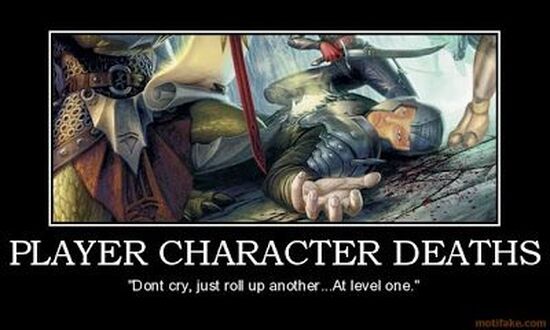
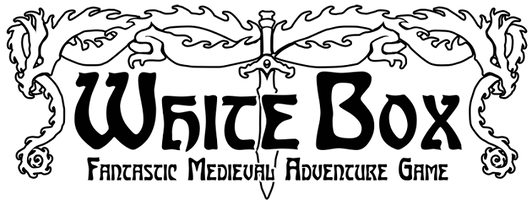
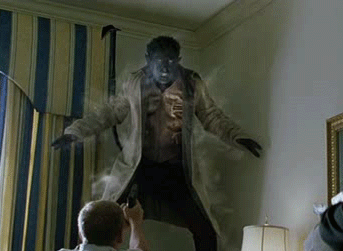
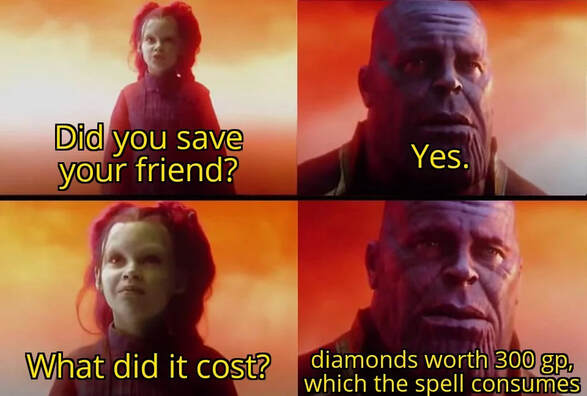
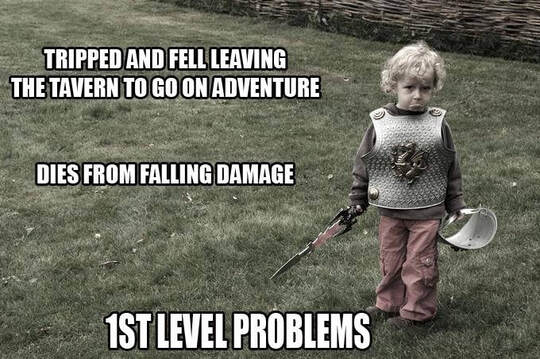
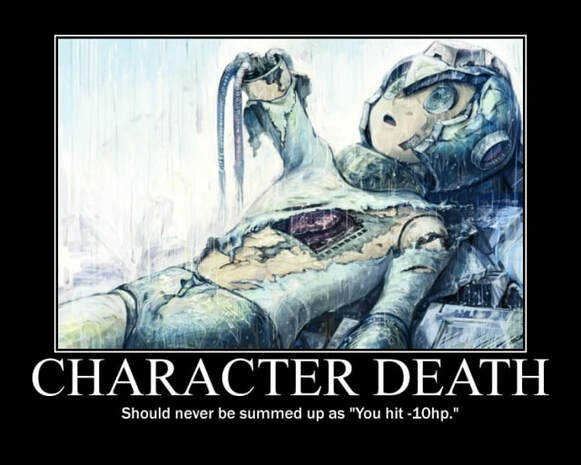
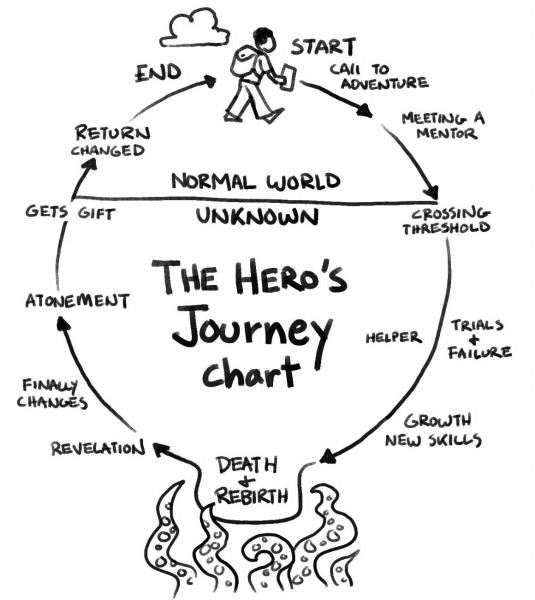
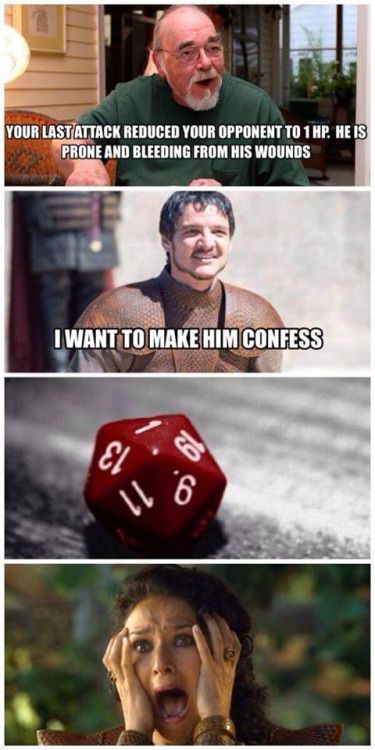


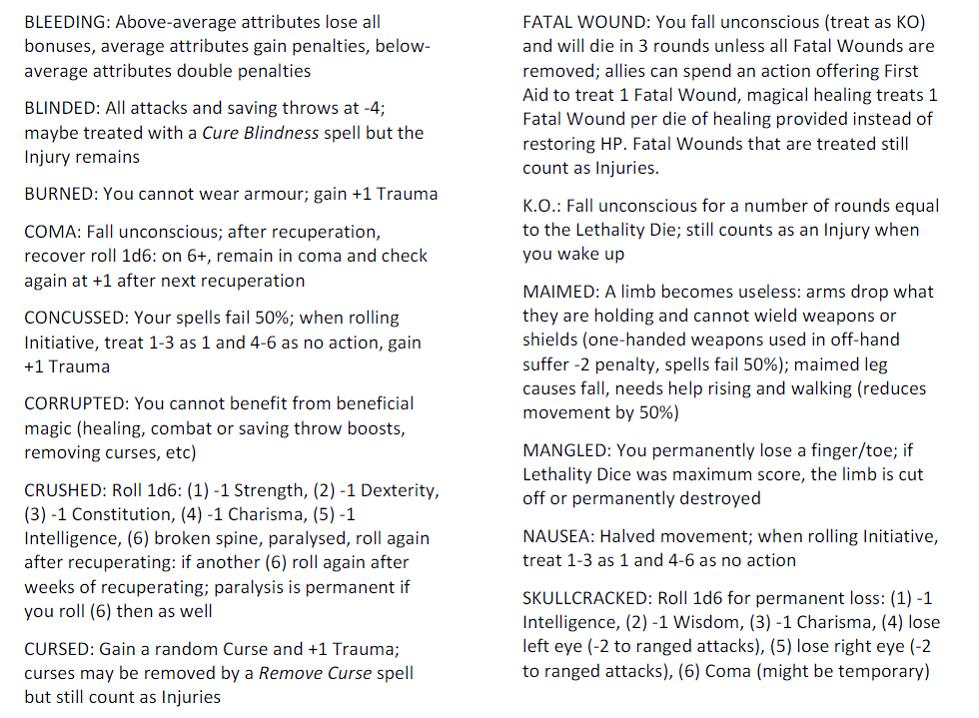

 RSS Feed
RSS Feed
